Are you constantly scratching your head? Do you find yourself surrounded by an itchy, scaly scalp? You may be wondering if that dry skin on your head and shoulders is caused by dandruff or lice. Don’t worry! Making a distinction between the two can be tricky. Luckily, we have all of the information you need to accurately diagnose what’s causing those uncomfortable symptoms.
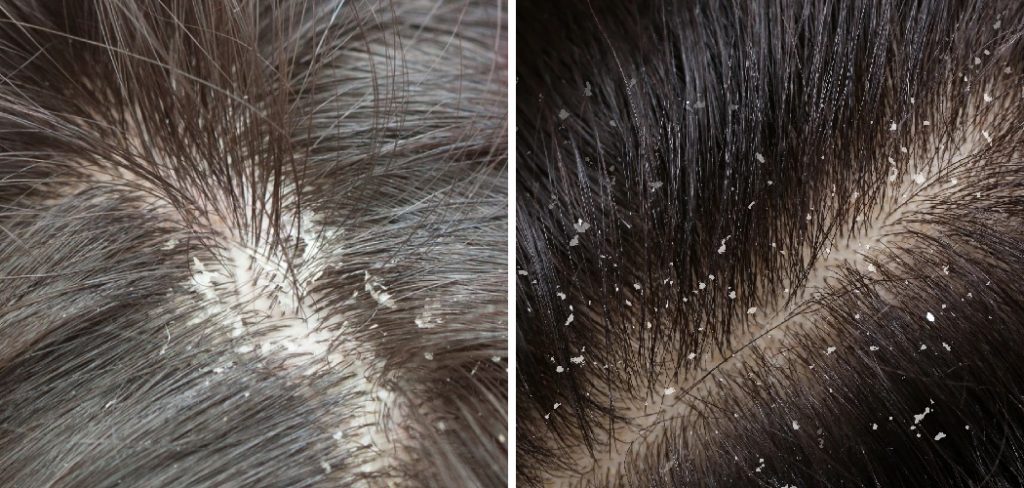
In this blog post, we will provide detailed instructions about how to know if it’s dandruff or lice so that you can take the steps necessary for relief. Keep reading to learn more about the differences between these conditions and how to get rid of them effectively!
Why is It Important to Know if It’s Dandruff or Lice?
1 . To Identify the Problem Correctly
Knowing whether you have dandruff or lice is important because they are two different conditions that require different treatments. Dandruff is a common scalp condition caused by dryness, while lice are tiny insects that live on your hair and feed off of your blood. If you mistake one for the other and use the wrong treatment, it can worsen the problem or even cause harm. Therefore, it is essential to correctly identify the issue so that you can take the appropriate actions.
2 . To Prevent Its Spread
If you or someone in your family has lice, it is crucial to know so that you can take steps to prevent its spread. Lice are highly contagious and can quickly pass from one person to another through direct contact or sharing personal items like combs, hats, and headphones. By identifying and treating lice promptly, you can prevent it from spreading to others in your household or community.
3 . To Ensure Proper Treatment
As mentioned earlier, dandruff and lice require different treatments. Dandruff can usually be managed with over-the-counter shampoos and home remedies, while lice typically require medicated treatments. If you are unsure whether you have dandruff or lice, it is best to consult a healthcare professional for proper diagnosis and treatment. Using the wrong treatment can be ineffective and prolong the issue.
4 . To Avoid Embarrassment
Both dandruff and lice can cause discomfort and embarrassment. However, it is essential to know that having lice does not mean you are unclean or have poor hygiene. Lice can happen to anyone, regardless of their cleanliness. By properly identifying the condition, you can avoid unnecessary shame and seek help for treatment.
5 . To Maintain Good Scalp Health
Whether you have dandruff or lice, it is crucial to maintain good scalp health. Dandruff can cause irritation and flaking, while lice can lead to itching and scratching, which can damage the scalp. By knowing which condition you have, you can take appropriate measures to keep your scalp healthy and free of any unwanted visitors.
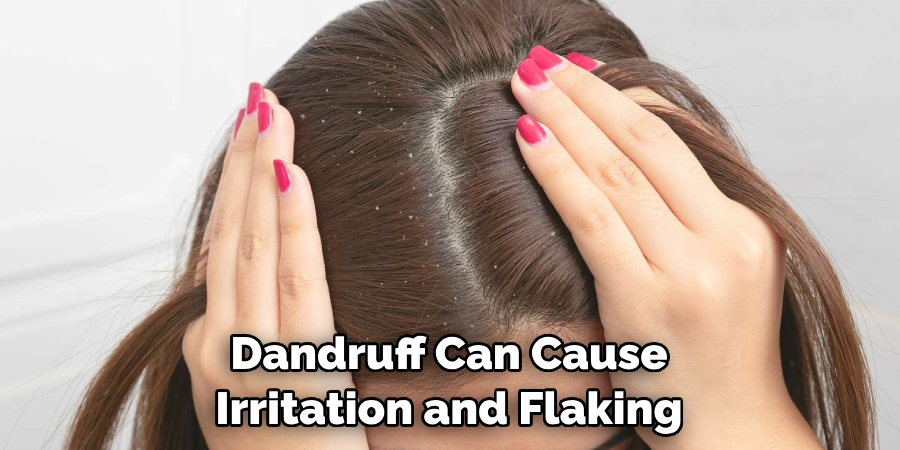
10 Tips About How to Know if It’s Dandruff or Lice
1 . Understanding the Difference Between Dandruff and Lice
One of the first steps in knowing how to tell if it’s dandruff or lice is being able to differentiate between the two. Dandruff is a common scalp condition that causes flakes of dead skin to appear on the scalp and hair, whereas lice are tiny insects that feed on blood from the human scalp. While both can cause itching and discomfort, they require different treatment methods.
2 . Look for Signs of Dandruff
The main sign of dandruff is white or yellow flakes on the scalp and hair. These flakes may also appear on clothing or furniture. Dandruff can also cause an itchy scalp, but usually doesn’t cause redness or irritation like lice.
3 . Check for Lice Eggs (Nits)
Lice eggs, also known as nits, are small white or tan oval-shaped particles attached to the hair shaft near the scalp. These can often be mistaken for dandruff flakes, but unlike dandruff, they cannot be easily brushed off.
4 . Look for Live Lice
Adult lice are small, wingless insects that can be difficult to spot. They are about the size of a sesame seed and can range in color from white to tan. You may also see them moving quickly on the scalp or hair.
5 . Examine the Areas Around the Scalp
Dandruff usually only affects the scalp, whereas lice can be found anywhere on the head, including behind the ears and around the nape of the neck. If you notice signs of dandruff in these areas, it is most likely just dandruff. However, if you find live lice or nits in these areas, it is a sign of a lice infestation.
6 . Check for Lice Bite Marks
Lice bites can cause small red bumps on the scalp, neck, and shoulders. These may also be accompanied by a rash or itching. If you notice any of these symptoms, it is more likely that you have lice rather than dandruff.
7 . Consider Your Lifestyle
Dandruff is often caused by dry skin or a reaction to hair products, whereas lice are usually spread through direct contact with an infected person or their belongings. If you live in close quarters with others, such as dormitories or have school-aged children, it is more likely that you may come into contact with lice.
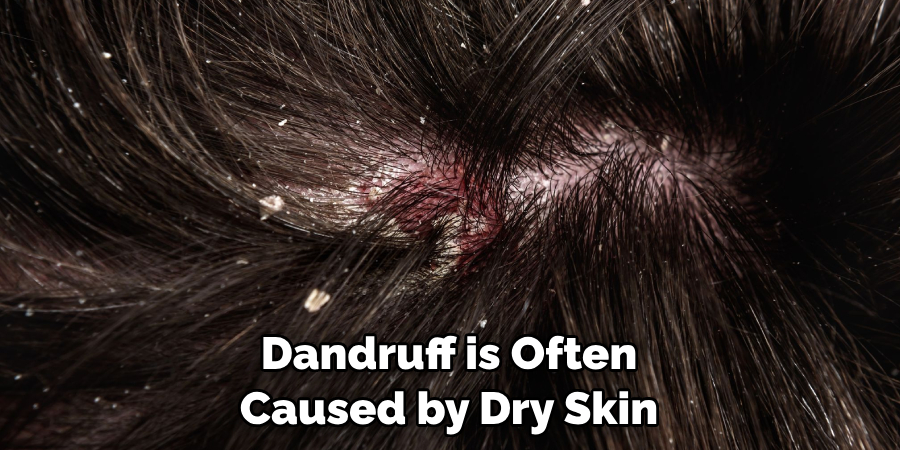
8 . Speak to a Doctor
If you are unsure about whether you have dandruff or lice, it is best to speak to a doctor for a professional diagnosis. They can help you determine the cause of your scalp issues and provide appropriate treatment options.
9 . Treatments for Dandruff
Dandruff can often be treated with over-the-counter shampoos and topical treatments. These typically contain ingredients like salicylic acid, coal tar, or zinc pyrithione. It is important to use these products regularly for best results.
10 . Treatments for Lice
Lice infestations require more thorough treatment, as they can spread quickly and easily. There are over-the-counter shampoos and topical treatments available, but it is recommended to speak with a doctor for an appropriate prescription.
Frequently Asked Questions
What Precautions Can I Take to Avoid Getting Lice?
- Teach your children about not sharing personal items like combs, brushes, and hats.
- Keep long hair tied up in a ponytail or braid to avoid contact with other people’s hair.
- Check your child’s head regularly for lice, especially after they have been in close contact with others.
- If you suspect your child has lice, contact their school to see if there have been any recent outbreaks.
- Avoid head-to-head contact with others, especially when taking pictures or playing sports.
How Do I Know If It’s Dandruff or Lice?
If you’re experiencing an itchy scalp, the first thing that may come to mind is dandruff. However, lice can also cause an itchy scalp, so how do you know the difference? Here are some key differences between dandruff and lice:
- Dandruff consists of flakes of dead skin while lice are tiny insects that live on the scalp.
- While both dandruff and lice may cause itching, dandruff typically results in a dry, flaky scalp while lice may cause red bumps or sores from scratching.
- Dandruff can be easily brushed off the hair, while lice will stay attached to the strands of hair.
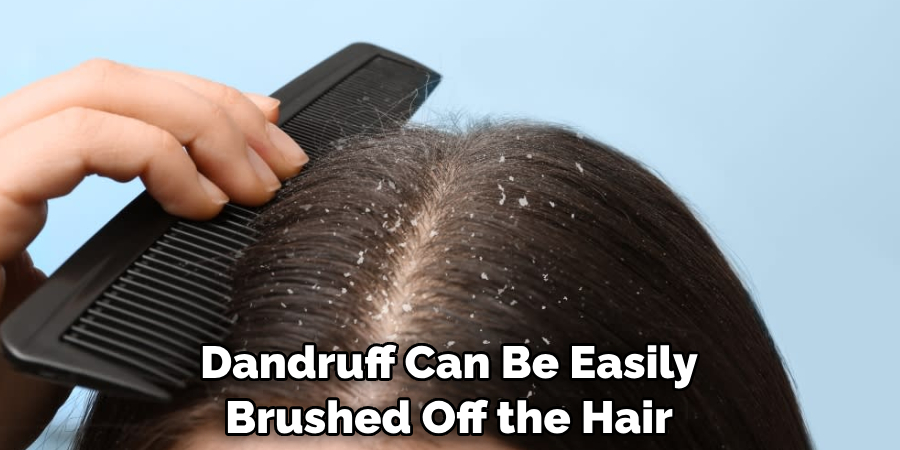
If you’re still unsure, consult a doctor for a proper diagnosis. They may also recommend effective treatment options for your specific condition.
How to Treat Lice?
If you have confirmed that you or your child has lice, it’s essential to start treatment right away. Here are some steps you can take:
- Use an over-the-counter lice treatment shampoo or lotion.
- Follow the instructions on the product carefully, as they may vary depending on the brand.
- Carefully comb through the hair with a fine-toothed comb to remove any remaining lice and nits (lice eggs).
- Wash all bedding and clothing that has come in contact with the infected person in hot water.
- Use a vacuum cleaner to clean any areas where the infected person has been, such as furniture or carpets.
It’s essential to follow up with a second treatment about a week later to ensure all lice and nits have been eliminated. In some cases, a prescription medication may be necessary for severe infestations.
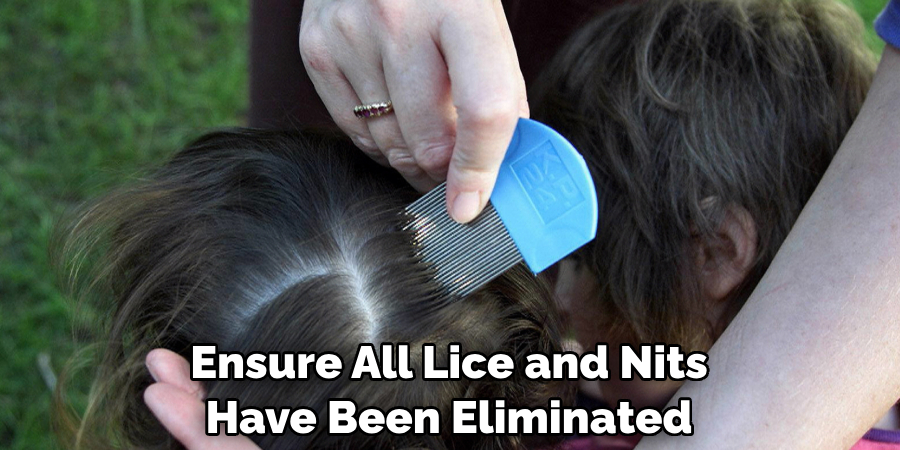
Conclusion
All in all, it’s important to understand if you think you have lice or dandruff. Remember that both can cause a wide range of bothersome symptoms, but they require different treatment plans. If the itching doesn’t go away after trying over-the-counter treatments for dandruff, then you should schedule an appointment with a doctor or an insect clinical specialist to check for lice or another type of pest infestation.
Now you know how to know if it’s dandruff or lice! Ordering a home test is also an option if getting to the doctor isn’t convenient for you. In any case, it’s always better to get tested and treated as soon as possible so that you can enjoy the comfort and relief of being lice-free!
About the Author
Jane Hubbard is a passionate beauty expert with a wealth of experience in makeup, hair, and overall beauty techniques. After years of working as a hairdresser specialist, she followed her entrepreneurial spirit and started her own consultancy business.
Jane has always been driven by her desire to help others feel confident in their own skin, and she does this by sharing her knowledge, experiences, and practical beauty tips. Through her consultancy, she empowers individuals to embrace their unique beauty, offering tailored guidance that boosts both self-esteem and personal style.
Professional Focus
- Specializes in makeup, hairstyling, and beauty consulting.
- Provides personalized beauty advice, tips, and techniques to help individuals feel confident in their appearance.
- Dedicated to staying up-to-date with the latest industry trends and developments.
- Passionate about creating a comfortable and empowering experience for every client.
Education History
- University of Craft and Design – Bachelor of Fine Arts (BFA) in Woodworking and Furniture Design
- Woodworking Apprenticeships – Extensive hands-on training with skilled craftsmen to refine carpentry and furniture making techniques
- Online Courses & Masterclasses – Continued education in advanced woodworking techniques, design principles, and specialized tools
Expertise:
- Makeup artistry, hairstyling, and beauty consulting.
- Personalized beauty techniques to enhance confidence and self-expression.
- Educating clients on how to maintain their beauty routines at home.
